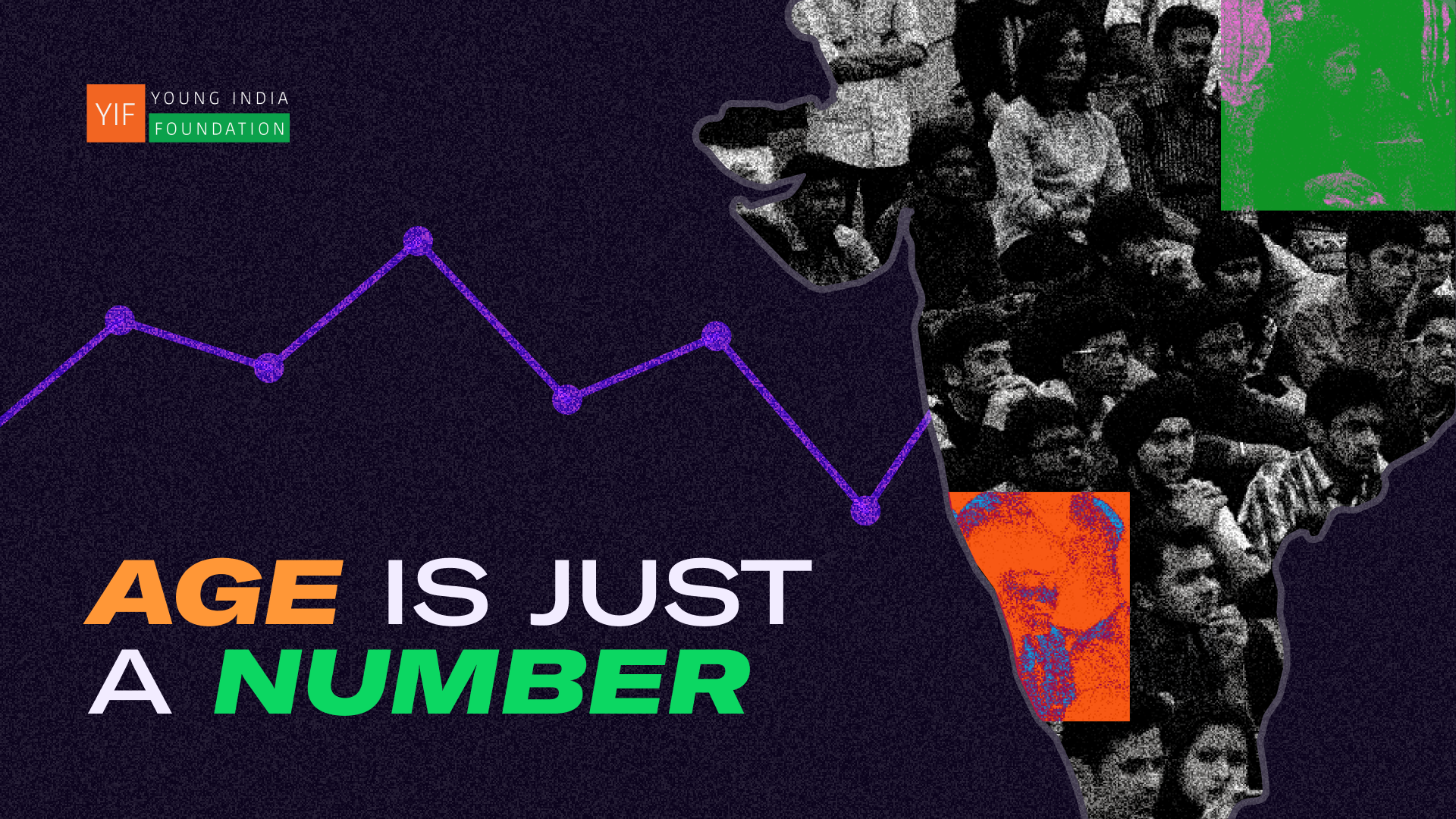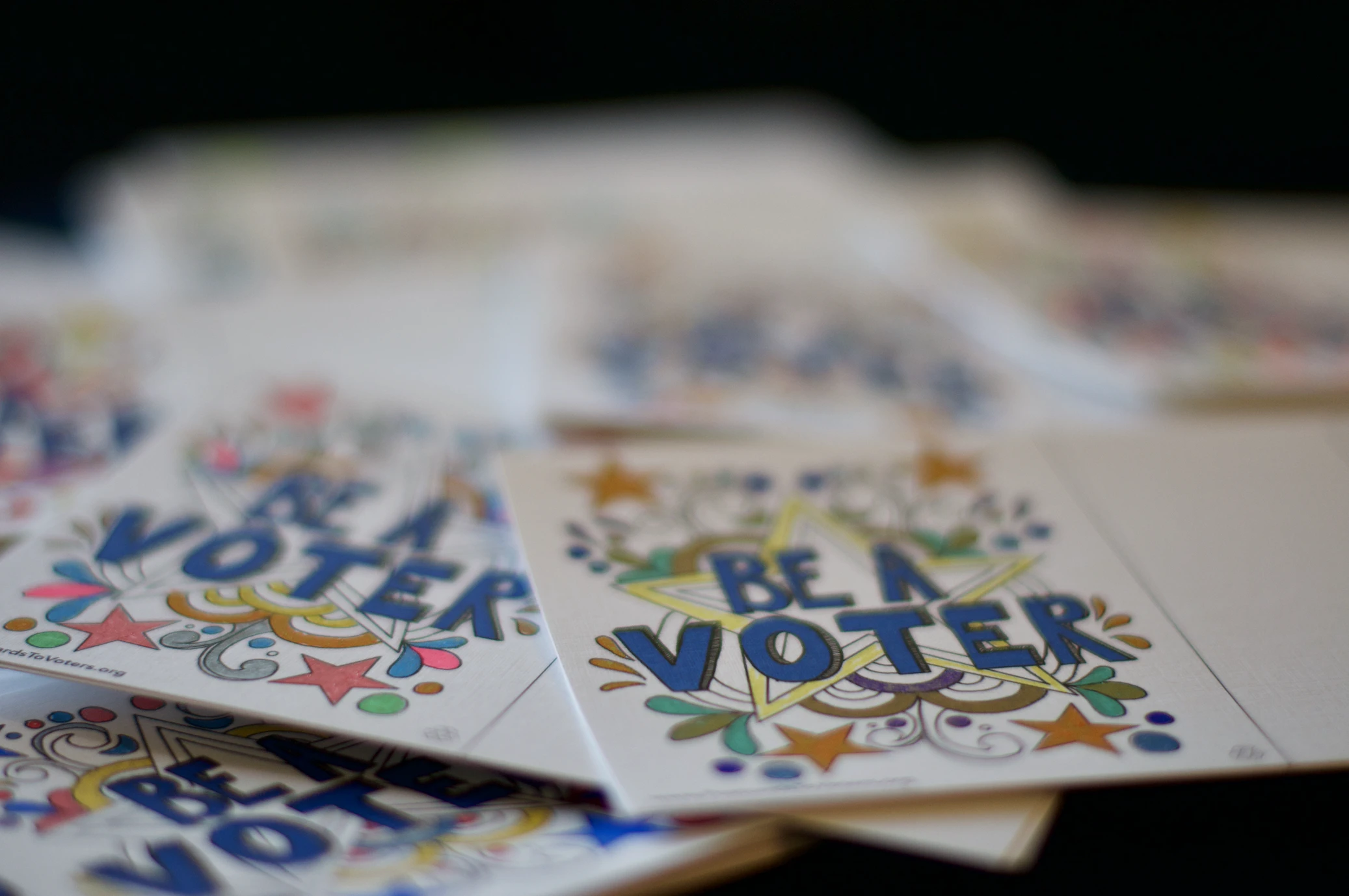For decades, youth participation in global governance has been limited to symbolic gestures. Previous initiatives include the ‘UN Youth Delegate Program’ and the appointment of a ‘UN Youth Envoy’; while appearing progressive at a surface level, these policies rarely translated into actual policy-making influence as the youth demographic was often consulted through forums and surveys but ultimately excluded from decision-making bodies. However, the “Pact for the Future” represents a greater effort to go beyond including youth in data and statistics going into decision making by truly embedding them in the core machinery of governments around the world, signalling a paradigm shift from boilerplate engagement to real inclusion.
During the 2024 UN General Assembly, an agreement known as the “Pact for the Future” was ratified paving the way for greater investment in youth services, job creation and what the UN describes as greater and more “meaningful youth participation” at both national and international levels of policymaking. This document marks a revolutionary step forward in youth inclusion in politics. Endorsed by all 193 UN member states, this is a significant diplomatic milestone; historically, this demographic of individuals aged 15-24 was merely seen as beneficiaries of policies but the “Pact for the Future” marks a clear shift from traditionally gerontocratic structures to more youth-inclusive governance.
The Pact outlines specific mechanisms to truly institutionalise youth involvement. This includes mandatory youth advisory councils at both national and UN agency levels designed to formalise youth representation in decision-making bodies, youth participation quotas which mandate that a certain percentage of seats in key legislative and policy committees have to be reserved for individuals aged 15-24, and the requirement for all UN member states to submit Youth Participation Impact Assessments (YPIAs) in their policy reports to assess not just how these programs affect the youth but on a more institutional scale, how effectively youth perspectives were incorporated during the decision making process. Additionally, this Pact also introduces the “Youth Policy Innovation Labs”, which allows young people to co-create solutions with their respective nation’s policymakers; which puts the youth at the forefront of policymaking in contrary to an afterthought.
Symbolism Over Substance, The Pact’s Current Limitations
Firstly, it is important to point out that while the ‘Pact for the Future’ has been formally adopted by all UN member states, the true challenge now lies in transforming its ambitious pledges into concrete, actionable outcomes.
On one hand, this implementation gap is particularly pronounced in developing regions such as parts of Africa and the Caribbean where due to structural and financial limitations, the Pact’s progress is hindered. The Pact’s limitations on the region are visible through a curtailed the 2.9 million dollars raised out of a requested 8.5 million, limiting their full potential to accelerate the Pact’s progress on the UN’s Sustainable Development Goals (SDGs); highlighting the necessity to address resource constraints in order to translate the Pact from a symbolic gesture to a catalyst for systemic change.
The consequences of these financial shortfalls are dire. Without sufficient funds, developing nations will lack the resources to implement grassroots-level youth initiatives which could subsequently lead to a widening participation gap between first world and third world countries.
Previous unsuccessful efforts such as the ‘UN Youth Strategy 300’, serve as cautionary tales to just how great of impact financial constraints have on progressive youth policy. This can be seen with the policy’s implementation in Nigeria where the over-reliance on sporadic international aid limited the policy’s outreach to urban-metropolitan spheres such as Lagos and Abuja, leaving the large majority of the youth in rural areas largely excluded.
This Pact also draws criticism for its “reformative” nature without robust enforcement mechanism as without binding obligations or penalties for non-compliance, nations with political systems that require conservative gerontocracy to stay in power have no incentive to reform. Critical skeptics would rather point out that governments may exploit this Pact for diplomatic prestige and supportive rhetorics through “optics-based compliance”. Moreover with no standardised measures to test a nations’ compliance – there is no metric that can differentiate between political expediency and proper reform; allowing nations that are insistent on gerontocratic political landscapes to avoid the spotlight.
As a youth leader from the African Youth Charter Hustlers, a grassroots coalition accurately remarked:
“We’ve seen too many global pledges that promise to bring youth to the table but edn up building tables where only the privileged few are invited. Without strong accountability tools, the Pact for the Future might become yet another polished document gathering dust in UN archives.”
When The Blueprint Meets The Budget
However, the Pact’s implementation in more developed nations presents a contrasting narrative, demonstrating its profound potential when adequately funded and tailored to the unique socio-economic diaspora of each country. These successes serve as compelling evidence of the Pact’s effectiveness when its framework is adapted to national contexts and supported by robust financial and institutional commitments.
This is best observed in the case study developed nations such as Finland and Rwanda where youth-inclusive governance has been successfully institutionalized, offering valuable models for global adaptation. Finland’s National Youth Councils, which possess legislative influence, have been instrumental in shaping progressive digital policy reforms. Similarly, Rwanda’s Youth Parliament has played a key role in steering the country’s national development agendas, ensuring that youth voices directly contribute to policymaking. These examples provide compelling case studies of how structured youth participation can drive national progress.
Moreover, the contrasting socio-political contexts of Finland and Rwanda—one a Nordic democracy, the other a rapidly developing African nation—underscore the importance of tailoring youth governance frameworks to align with each country's unique societal and political landscape. Their parallel successes highlight that combating gerontocracy requires not a one-size-fits-all solution, but adaptable models that respect and respond to local conditions.
How Can We Bridge This Gap And What Does The Future Hold?
While the agreement represents a symbolic leap toward youth inclusion, in many cases, its implementation is undermined by fiscal realities and a nation’s socio-political landscape, which can only be solved through carefully tailored smart investments, government subsidies, flexible trade, and stronger international cooperation.
Luckily, the United Nations has initiated UN80, a comprehensive reform agenda which seeks to address the systemic inefficiencies hampering the implementation of the ‘Pact for the Future’. UN80 is designed as a structural overhaul of global governance frameworks, aiming to streamline bureaucratic processes, eliminate redundancies, and ensure that international policies are responsive to contemporary global challenges. A central pillar of UN80 is its ‘Strategic Reform Task Force’, a multi-stakeholder body tasked with conducting in-depth reviews of underfunded and outdated UN programs. This task force is responsible for reallocating resources, phasing out legacy initiatives that no longer serve their intended purpose, and repurpose them into youth-centred and future-oriented governance structures.
Moreover, UN80 emphasises integrating youth voices directly into its reform processes, ensuring that young stakeholders are not just consulted but actively participate in decision-making about the programs and institutions that will define their futures. By creating a culture of co-creation and adaptive governance, UN80 seeks to bridge the persistent gap between high-level diplomatic commitments and grassroots implementation. In doing so, it aspires to transform initiatives like the Pact for the Future from aspirational pledges into fully resourced, action-oriented frameworks that can meaningfully accelerate progress toward the Sustainable Development Goals (SDGs).
Parallel to UN80, the UN has also passed the ‘Global Digital Compact’ which established global principles and collaborative actions for an inclusive and safe digital future alongside the ‘Declaration for Future Generations’ which formalises the international community’s commitment to take future generations’ interests into account in today’s policy decisions. Therefore, when synergised with the ‘Pact for the Future’, this marks a moment of profound, pragmatic, and holistic transformation in youth involvement while creating unprecedented opportunities for international cooperation.
On the other hand, this Pact was also created with the intention of using the youth as a median to influence global governance in areas like climate action, digital rights, and conflict resolution. Youth-lead movements such as ‘Fridays for Future’ and global digital rights coalitions have already demonstrated the power of youth diplomacy in shaping international discourse. By institutionalising youth voices, the Pact transforms these grassroots efforts into official policy channels, ensuring that intergenerational perspectives are embedded in the response to global crises.
The Final Takeaway:
In conclusion, this Pact has the potential to either dismantle entrenched gerontocratic barriers by creating genuine youth inclusion when properly harnessed, or to become yet another instrument of political expediency—perpetuating tokenistic, optics-driven engagement that maintains the status quo. If member states fail to translate their commitments into tangible reforms, the UN risks eroding its credibility among younger generations, who will see it out of touch with their aspirations. As the UN Leadership has stated:
“The Pact for the Future is a shared commitment to a more just, sustainable and secure world. But a promise is only meaningful when it has been translated into action”.
image credits:wikimedia commons
.png)
.jpg)


 (15).png)
